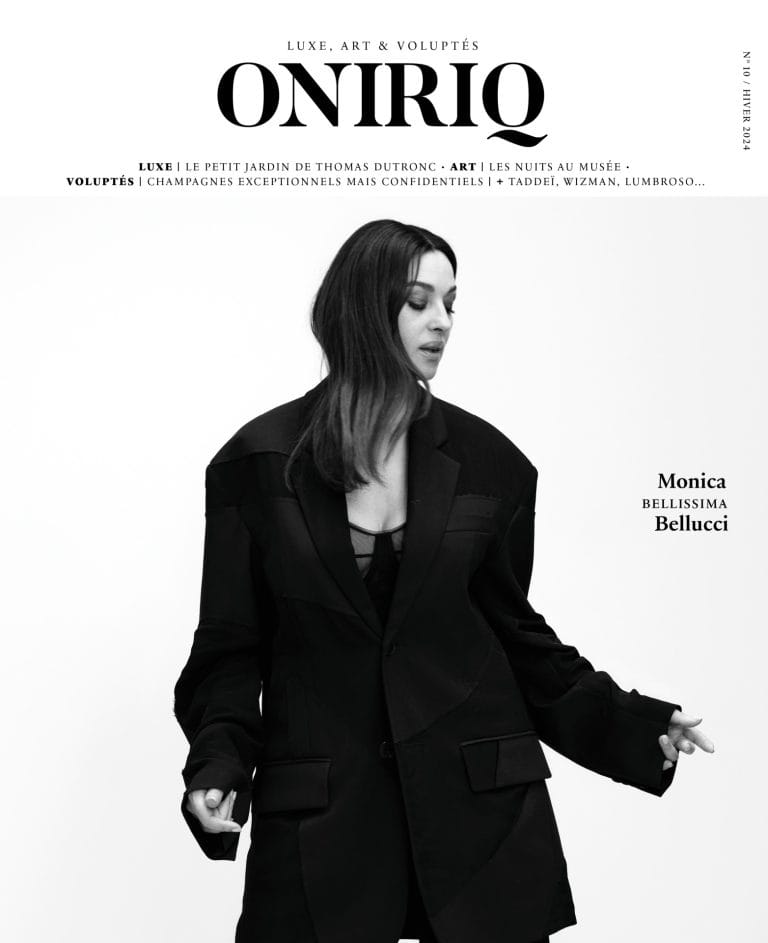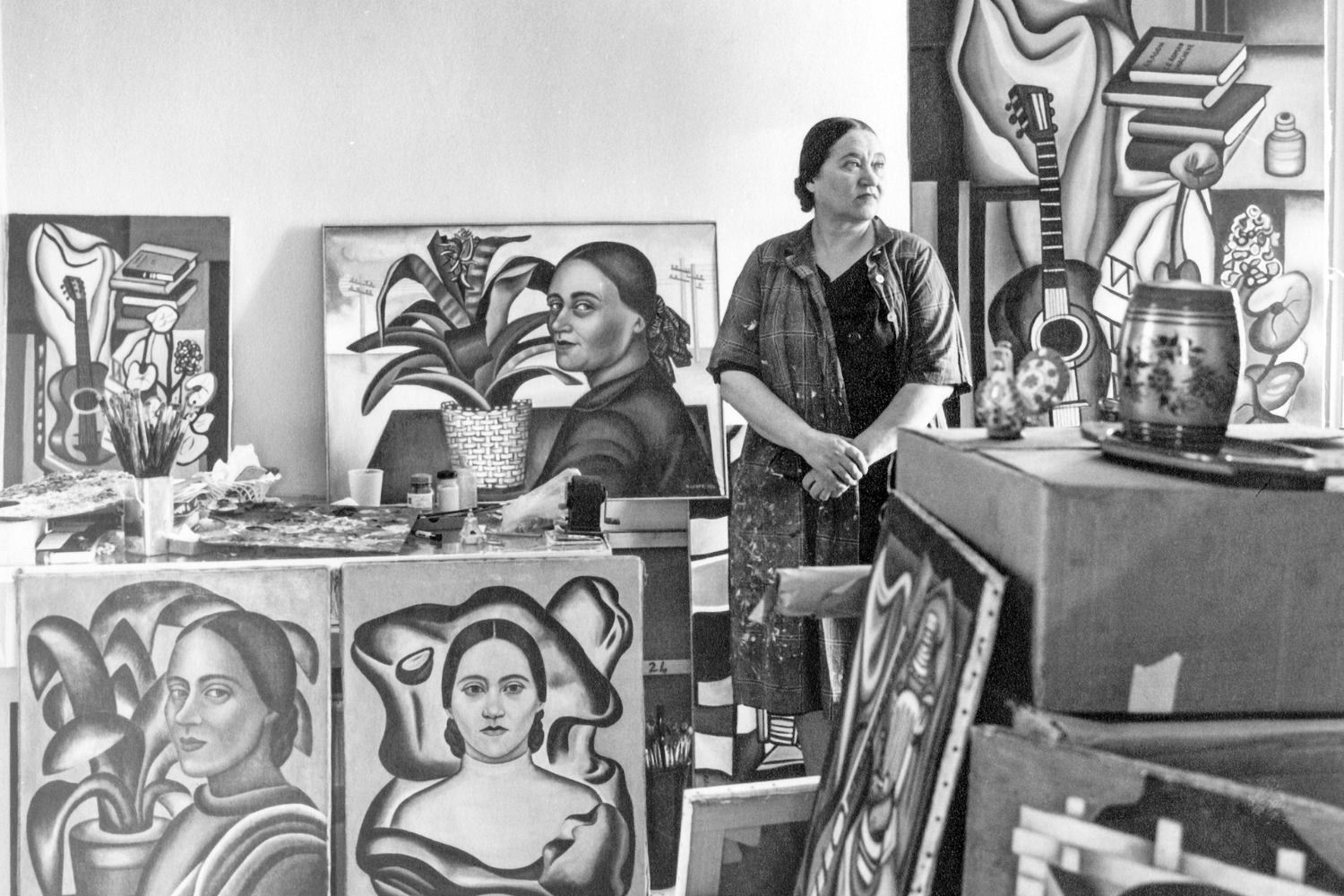Translated by Bethszabee Garner
Why has Nadia Léger, this fascinating figure of 20th-century art who passed away in 1982, been forgotten? This is the underlying question that this exhibition asks. A prolific painter, resistance fighter, unshakeable communist activist, museum builder and wife of Fernand Léger, her career is an ode to the artistic and political ferment of her time. Yet her name remains little known, overshadowed by that of her illustrious husband.
Today, the Maillol Museum is endeavouring to right this injustice with a retrospective that explores not only her work, but also the story of a woman who was both strong and multifaceted, whose life is inextricably linked to the turmoil of the 20th century.
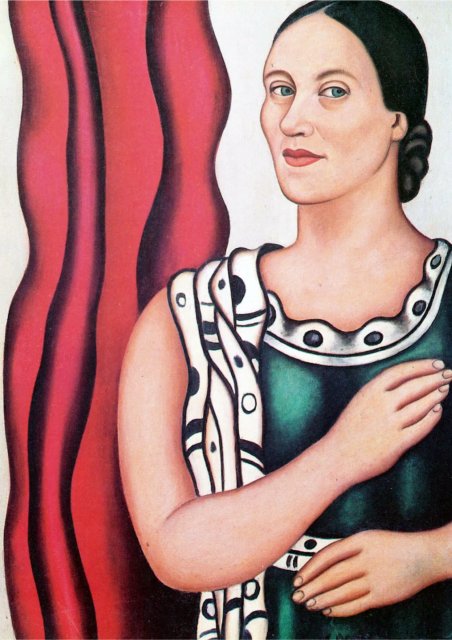
Born in 1904 in a small village in the Russian Empire, where life was punctuated by field work and the seasons, Nadia Khodossievitch, daughter of farmers, is marked by the simple but powerful landscapes of her childhood. These memories would remain engraved in her imagination and influence her work. She who belonged to a generation marked by revolution and exile rose through the social ranks thanks to her all-consuming passion for art.
Her first major turning point was her admission to the Beliov School of Fine Arts, where she discovered the innovative trends that were then shaking up the art world. In Smolensk, under the aegis of masters such as Kasimir Malevich, she immersed herself in Suprematism, a radical and abstract visual language that would influence her entire career. Already, her work oscillated between abstraction and figuration, reflecting a quest for identity and remarkable adaptability.
The art... of networking!
When Nadia arrived in Paris in 1925, she plunged without hesitation into the effervescence of the avant-garde. Bold and determined, she walked the streets of Montparnasse, meeting Picasso, Braque and Chagall. Charismatic, she made her mark in a male environment, cultivating a talent for interpersonal skills. Her arrival marks the beginning of a trajectory in which her ability to connect with others will make her a key figure in modern art. But it is her meeting with Fernand Léger that shapes her destiny.
The master of ‘new realism’ becomes her mentor, her companion, then her husband. ‘Léger is a giant like Picasso, Braque, Matisse. I lived close to him... crushed...’, she would say. Their collaboration went beyond the framework of marriage: she was his assistant, his muse, and his main ally in the transmission of his legacy. Together, they worked towards the democratization of art, exploring accessible and committed forms, particularly through the Atelier Léger, which attracted artists from all over the world. However, she is not just a ‘follower’.
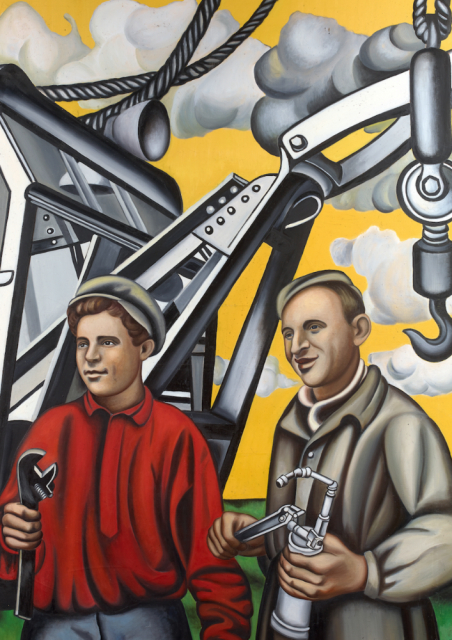
While her style is inspired by Léger's biomorphic forms and emblematic dark circles, her intimate portraits and still lives bear witness to an undeniable singularity. This dual movement (being both in the shadow of a giant and forging her own path) represents the ambivalence of a woman artist in a patriarchal world. In Paris, the avant-garde was still characterized by a certain machismo, although Russia and Germany had allowed women to to play leading roles. It is her political commitment that profoundly distinguishes Nadia Léger.
An active member of the Communist Party from 1932, she linked her art to her unshakeable faith in the Soviet project. During the Occupation, she became a liaison officer for the Resistance and produced a series of militant portraits, veritable manifestos against the occupier.
The art... of transgression
Her absence from the great narratives of contemporary art is explained less by her militancy than by an era less inclined to recognize such a bubbling, eclectic and difficult-to-categorize work. Nadia, in turn suprematist, cubist, socialist realist or neo-suprematist, escapes from established categories. A ‘sponge’, as she was known, capable of absorbing and transforming the influences of her time. This fluidity, far from being a lack of coherence, reflects an extraordinary ability to reinvent herself and to make her mark in diverse artistic universes, always in tune with her era.
The last years of her career marked a return to abstraction. Inspired by Malevich, whom she considered a prophet, Nadia created compositions, some of which were translated into jewelry or mosaics and bear witness to her interest in the applied arts. Her desire to push the boundaries of art was constant.
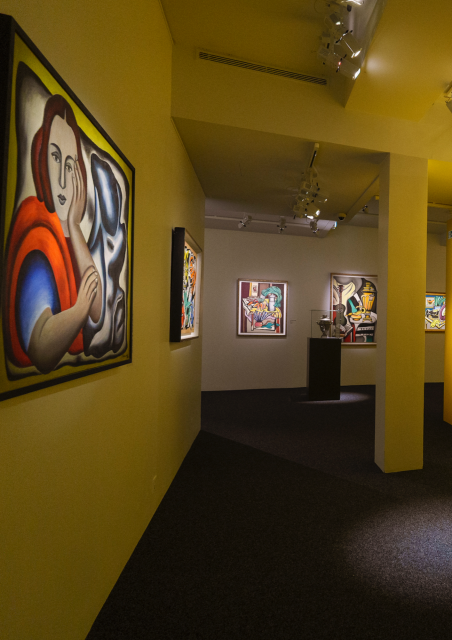
Today, the retrospective at the Maillol Museum, 120 years after her birth, offers a glimpse into this abundant universe. Through 150 works, it retraces the journey of an avant-garde woman, a pioneer whose life and work still resonate with contemporary issues. Because Nadia Léger, before being a painter or the wife of Fernand Léger, is above all an exemplary figure of resilience and emancipation. A woman for whom art, politics and life were one and the same. •
Nadia Léger, an avant-garde woman, until 23 March 2025 at the Maillol Museum, 61 rue de Grenelle, 75007 Paris

